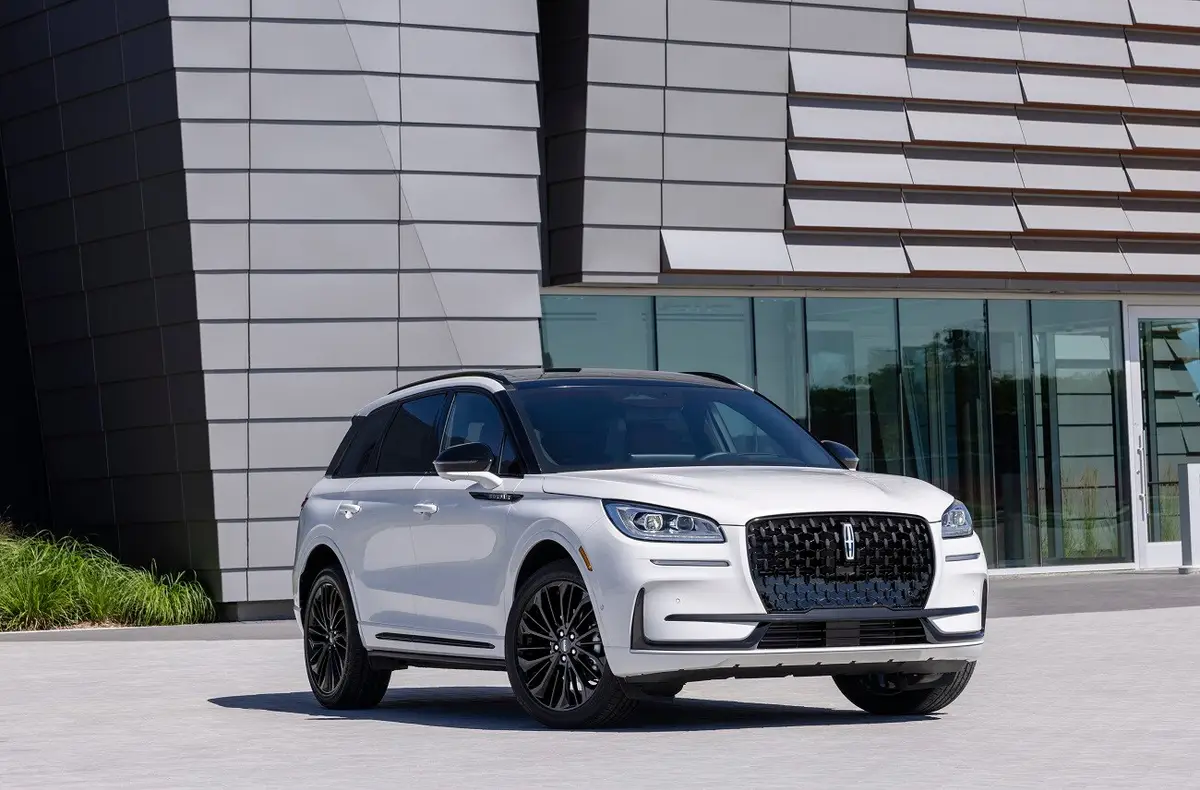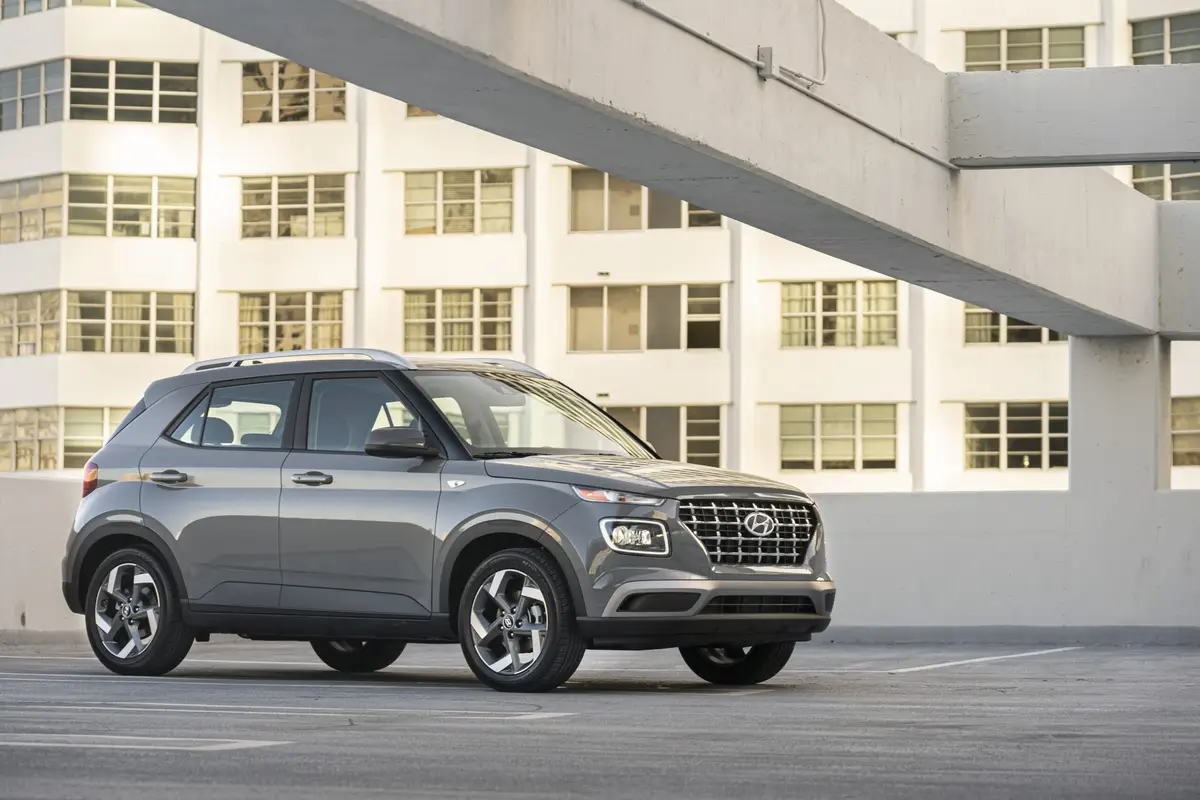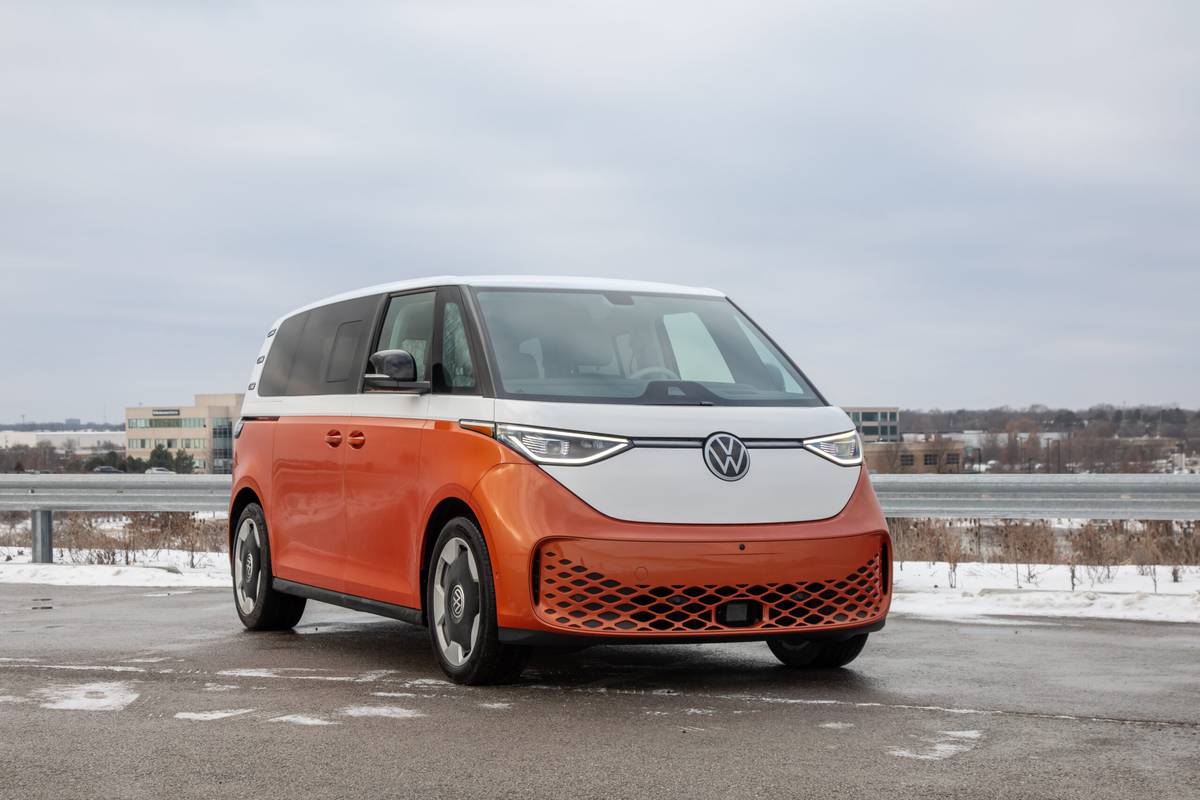washingtonpost.com's view
Happiness is when reality lives up to hype. Like the 1998 Volvo V70 XC AWD, popularly called the Cross Country wagon. Never was a vehicle more aptly named. This is a highway car par excellence.
Everything about the Cross Country invites a long ride. There’s the feel of its Arctic Canvas fabric and leather-bolstered seats, the way it dives into a curve and hugs the apex, the way it handles bad weather and dusty and muddy roads, the way it cuddles passengers and carries loads.
I don’t give a pahooty that the Cross Country was inspired by the less expensive but nonetheless impressive Subaru Outback. I’d take the Outback cross-country, too.
We’re talking about a matter of degree. The Outback is a very nice, all-wheel-drive, middle-class wagon. The Cross Country is a very nice, all-wheel-drive wagon for the rich.
I like rich. Struggling middle-class values are grossly overrated. That being the case, given a choice, I’d take the Cross Country in a heartbeat. And I wouldn’t feel a whit of guilt.
I’d settle into the Cross Country’s wonderfully caressive driver’s seat, admire its light-birch wood trim, sniff its rich new-car smell, crank the ignition and hit the road.
Background: The sport-utility vehicle market, as you’ve once known it, is no more. It’s become a many-segmented thing, with two of the largest pieces being four-wheel drive and all-wheel drive.
Here’s the difference: With four-wheel drive, you’ve got a transfer case or some other mechanism to send power to all four wheels. You’ve got four-wheel high for the light stuff, such as driving through the average mid-Atlantic snowfall; and you’ve got four-wheel low for rough going, such as fording streams, rolling through deep mud or climbing rocky mountain paths.
With all-wheel drive, you don’t have a four-wheel-low gear; and you usually don’t have the necessary ground clearance or underbody skid plates to go mountain-climbing, either. What you have is a system that automatically transfers power from slipping drive wheels to wheels that aren’t slipping, which helps you to keep going on dirt and gravel roads and on wet, snowy highways.
Automakers, led by Subaru and Audi, have discovered that many Americans who buy four-wheel-drive vehicles really want all-wheel-drive cars, which have the advantage of handling bad road conditions without any of the truckiness or excessive fuel penalties associated with true, four-wheel-drive sport-utes.
It doesn’t matter that Volvo had to play catch-up to this discovery. What’s important is that Volvo has caught up, and judging from the tested Cross Country, it has done extremely well in the process.
Here’s what the Cross Country offers: a rugged, all-wheel-drive, five-passenger station wagon with a higher-than-normal automobile ground clearance (6.5 inches); a 3,300-pound towing capacity; a triple-mode (Economy, Sport, Winter), four-speed automatic transmission that allows you to tailor driving style to road conditions; a four-wheel-independent suspension with an automatic leveling system; and power four-wheel disc brakes (vented front) with standard antilocks.
The Cross Country is equipped with an aluminum bloc, in-line five-cylinder, 20-valve engine designed to produce 190 horsepower at 5,100 rpm and 199 pound-feet of torque at 1,800 rpm.
As is always the case with Volvo, the Cross Country is very safe. It’s equipped with dual front and side air bags as well as pyrotechnically actuated, pre-tensioning front seat belts to make sure you are held in your seat during a frontal crash.
1998 Volvo V70
Complaint: Rich ain’t cheap. This is one expensive station wagon.
Praise: It’s worth the money. It’s easily one of the best long-distance runners available.
Head-turning quotient: A Volvo you can love. A neatly sculpted body, especially up front, which is accented by strong curves. A splendid interior, truly pretty with that light-birch wood finish. Classy.
Ride, acceler tion and handling: Triple aces. Doesn’t quite beat the Mercedes-Benz E320 wagon or the nifty Audi A4 Avant. But it surely comes pretty close. Excellent handling in curves. Moves as well as some sports cars going from 0 to60 mph. Excellent braking.
Credit in the handling and braking departments also goes to the test car’s 15-inch diameter, Continental all-season radials — adhesion cum laude.
Mileage: About 26 miles per gallon (18.3-gallon tank, estimated 461-mile range on usable volume of required premium unleaded), running mostly highway with two occupants and light cargo (37.1 cubic feet of carrying capacity with the rear seats up, 67 cubic feet with seats down).
Sound system: Six-speaker, AM/FM stereo radio and cassette with optional CD player. Installed by Volvo. Excellent.
Price: Base price on the tested Cross Country with sunroof is $37,620, Dealer invoice on that model is $34,670. Price as tested is $38,600, including $405 in options (trip computer) and a $575 destination charge.
Purse-strings note: Compare with Mercedes-Benz E320 Wagon, Audi A4 Avant and, yeah, the Subaru Outback.
Latest news



